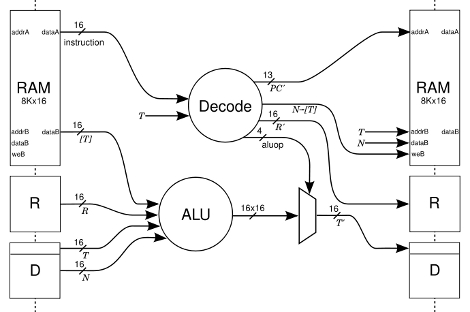In the heart of Manchester, UK, a groundbreaking event took place in 1948: the first modern computer, known as the Manchester Baby, ran its very first program. The Baby’s ability to execute stored programs, developed with guidance from John von Neumann’s theory, marks it as a pioneer in the digital age. This fascinating chapter in computing history not only reshapes our understanding of technology’s roots but also highlights the incredible minds behind it. The original article, including a video transcript, sits here at [TheChipletter]’s.
So, what made this hack so special? The Manchester Baby, though a relatively simple prototype, was the first fully electronic computer to successfully run a program from memory. Built by a team with little formal experience in computing, the Baby featured a unique cathode-ray tube (CRT) as its memory store – a bold step towards modern computing. It didn’t just run numbers; it laid the foundation for all future machines that would use memory to store both data and instructions. Running a test to find the highest factor of a number, the Baby performed 3.5 million operations over 52 minutes. Impressive, by that time.
Despite criticisms that it was just a toy computer, the Baby’s significance shines through. It was more than just a prototype; it was proof of concept for the von Neumann architecture, showing us that computers could be more than complex calculators. While debates continue about whether it or the ENIAC should be considered the first true stored-program computer, the Baby’s role in the evolution of computing can’t be overlooked.
Continue reading “Modern Computing’s Roots Or The Manchester Baby”

















